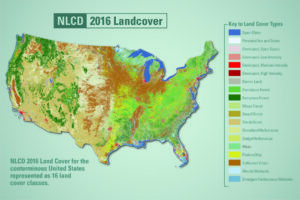
New Land Cover Maps Depict 15 Years of Change Across America
USGS released the latest edition of the National Land Cover Database (NLCD) for the U.S.—the most comprehensive land cover database that the USGS has ever produced.

USGS released the latest edition of the National Land Cover Database (NLCD) for the U.S.—the most comprehensive land cover database that the USGS has ever produced.
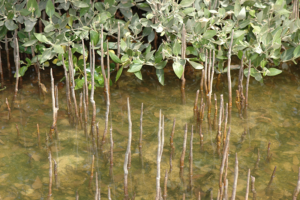
A group of researchers have used Landsat data to help solve a case of missing mangroves in Saudi Arabia’s Jubail Conservation.
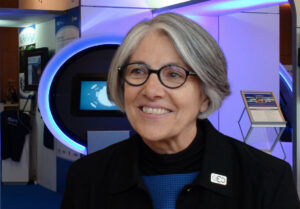
Barb Ryan was recognized with the individual Pecora award for her outstanding contributions as a scientist and visionary leader for advancing the global use of remote sensing through championing data democratization.

The completion of this test represents a major milestone for the TIRS-2 project, demonstrating that the team has built a well working instrument to meet the requirements of Landsat 9.
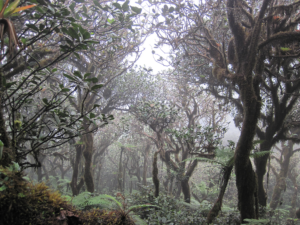
If greenhouse gas emissions continue increasing as they have been, 90% of Western Hemisphere cloud forests would be affected as early as 2060.
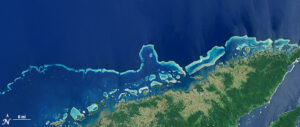
In the long and winding history of the Landsat Program, April 15, 1999 was an important day.

An international team used classical glaciological field observations combined with a wealth of information from various satellite missions to painstakingly calculate how much ice has been lost or gained by 19 different glacierized regions around the world.

Over the last 20 years, a new thermal area has developed in Yellowstone. Landsat 8 is on the case.
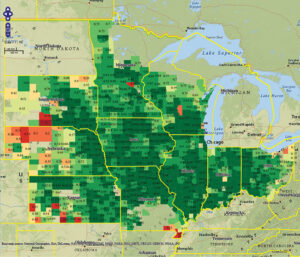
It started as an algorithm to detect clouds in satellite imagery, but now the software is being used for everything from increasing food security in the developing world to guiding futures trading on Wall Street.
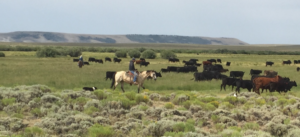
The Landsat-based Rangeland Analysis Platform and Green-Cast are valuable tools for ranchers adaptively managing their land.
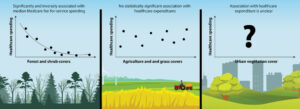
Each 1 percent of a county’s land that was covered in forest was associated with an average Medicare expenditure savings of $4.32 per person per year.
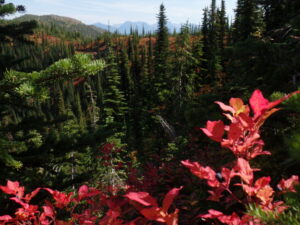
A Landsat-based approach to map huckleberry distribution across Glacier National Park could one day provide warnings of potential human-bear conflict areas.
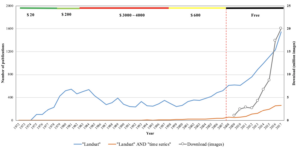
The resounding takeaway from a recent paper authored by Landsat Science Team members: Keep Landsat data free and open.
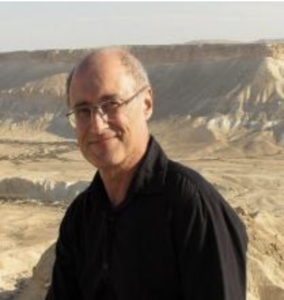
Some Landsat-focused excerpts from Garik Gutman’s March 2019 message to the LCLUC team.

Thomas managed the development of early Landsat image processing software systems and became the resident expert on the Computer Compatible Tapes that were used to store early Landsat imagery.
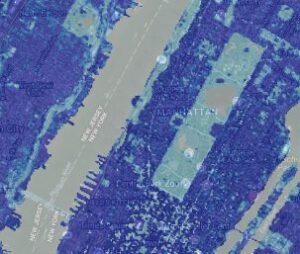
Two new Landsat-based data products and a mapping tool provide data on man-made impervious surfaces and urban extents throughout the world.
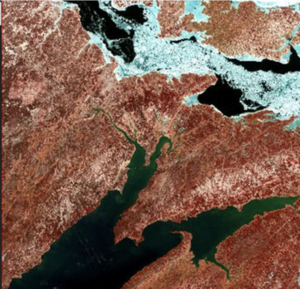
Evolving technology, free data and robust calibration have helped make Landsat the cornerstone of global land imaging.
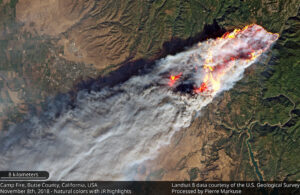
Sprawling urban fires that once plagued civilization were thought to be a thing the past—the Camp Fire let us know they are back.

Using the technology inside your phone, you can help scientists classify land cover and track changes.
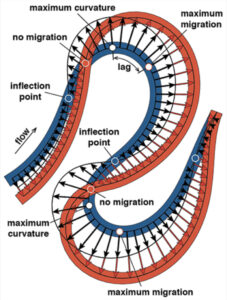
Turns out, the rate of river migration is directly linked to how sharp its bends are.
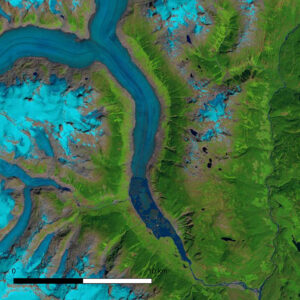
The first comprehensive assessment of glacier mass loss for all regions in western North America (excluding Alaskan glaciers) suggests that ice masses throughout western North America are in significant decline.
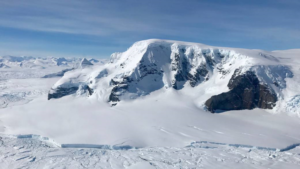
Antarctica experienced a sixfold increase in yearly ice mass loss between 1979 and 2017.
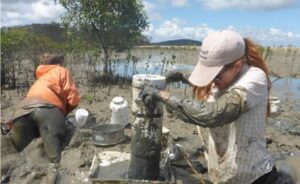
The study used machine-learning to analyze more than 700,000 Landsat images to map changing global distribution of intertidal areas over a 30-year period.

New insights on how vegetation phenology in urban and surrounding areas respond to urbanization.
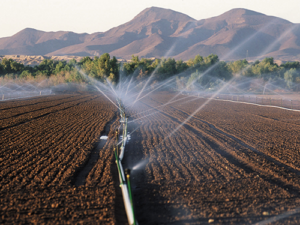
USGS EROS scientists are leveraging the capability and history of Landsat along with weather data to map landscape-wide water consumption.
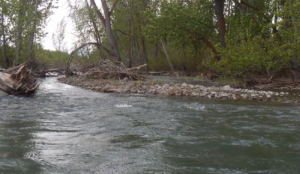
For larger rivers, Landsat provides a rich dataset to define spatiotemporal patterns of channel shifting.

Landsat thermal bands allow for the measurement of water use and moisture status at the management scale.
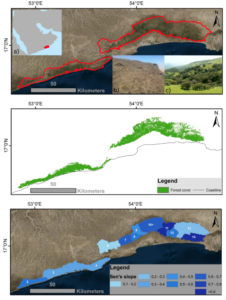
Learn more about this rather unusual seasonal and semi-arid cloud forest.

A new method to use the full Landsat archive to produce annual maps of irrigated area over the High Plains Aquifer in the central United States.
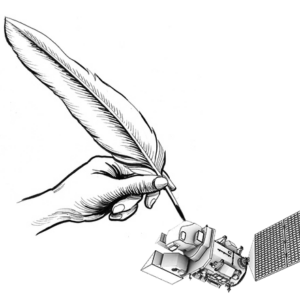
Poetry and the arts can humanize science.

Scientists are now able to determine what penguins are eating from space.

Landsat 8 allows for the acquisition of spectral data for monitoring water quality from lakes and drinking water reservoirs across the United States.
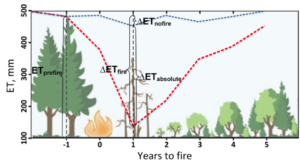
Fires play an important role in regulating forest density, vegetation water use, and runoff.